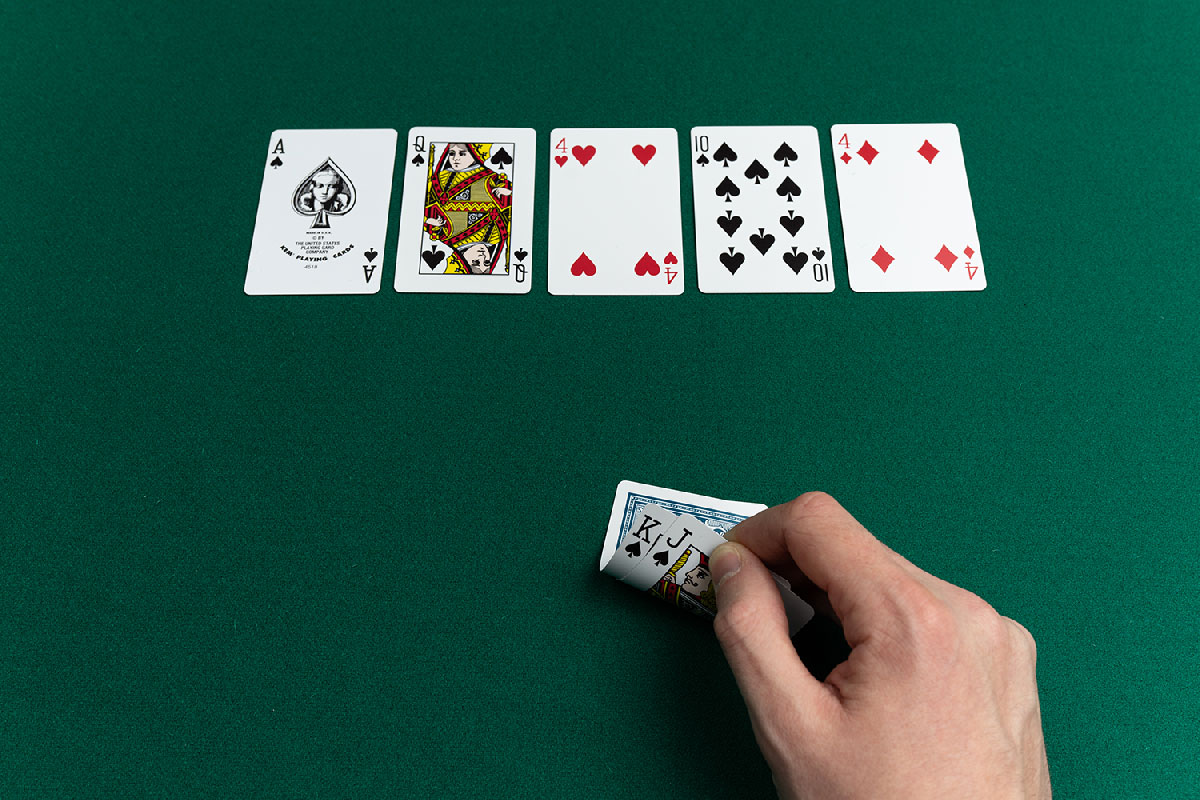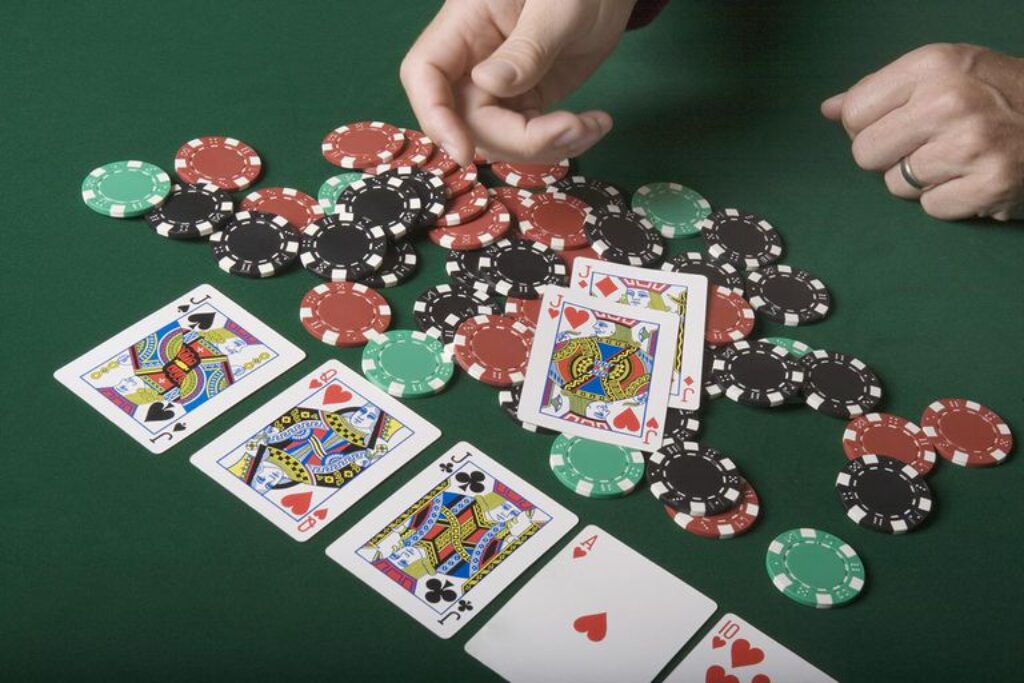
Are you looking to take your Texas Hold Em game up a notch? Here, we will cover all the basics of playing Texas Hold Em, from understanding the rules and different play styles to strategies that will help you reduce risk and increase your chances of success. We’ll also discuss how to read opponents’ tells and use advanced techniques such as bluffing and trapping. With these tips, you’ll be well-prepared to tackle any opponent on the next poker night.
Table of Contents
Texas Hold Em Rules

Source: bac88.net
Before a game can begin, blinds must first be placed. Texas Hold Em is played with two blinds; a small blind and a big blind. The small blind is usually half of the big blind’s amount. After the blinds are placed, each player is dealt two cards face-down. These two cards are referred to as hole cards.
There are four betting rounds in total. The first betting round starts with the player immediately to the left of the big blind and moves clockwise around the table. The round continues until everyone has either called or folded. After this, three community cards are dealt face-up in the center of the table—this is called the flop. The second round of betting begins after these cards have been dealt.
After the second betting, the fourth community card is dealt—the turn—followed by a third betting round. Finally, the fifth and final community card is dealt—the river. All players remaining in the hand will undergo a fourth and final betting round. The player with the best five-card poker hand at the showdown wins the pot.
The Four Play Styles

Source: telegraph.co.uk
There are four distinct play styles in Texas Hold Em: tight-aggressive, loose-aggressive, tight-passive, and loose-passive.
Playing tight means playing fewer hands, while playing loose means playing more. Similarly, aggressive players bet and raise more often than they call or check, whereas passive players call and check more often than they bet or raise.
Most experienced players disapprove of the loose-passive style, as most players who employ this style play too many hands and like to call or check instead of raise or bet. On the other hand, the tight-aggressive style is favored by many players because it combines the discipline of playing fewer hands with aggressive betting and raising when you have the best hand.
More experienced players favor the loose-aggressive style because it is much like the tight-aggressive style but with higher risk and reward. This style involves playing more hands and exploiting other players’ weaknesses to make them fold.
Strategies for Reducing Risk and Increasing Chances of Success

Source: newswatchtv.com
The best play style for beginners is the tight-aggressive style, as it allows for more control of the pot and reduces the chances of making costly mistakes. Learn which hands are worth playing and which hands should be folded without hesitation, and know when and how much to bet to maximize your winnings.
Playing free poker games allows you to get familiar with this play style without risking your bankroll. Many websites and apps offer free Texas Holdem online to refine your skills before playing for real money.
Another essential strategy is to learn how to read the board. If you have a weak or average hand and the flop shows many potential draws, someone at the table likely has a better hand. During these situations, it’s often wiser to fold than to continue playing.
Reading Opponents’ Tells

Source: cleverclear.weebly.com
A tell is a physical or verbal behavior that reveals information about a player’s hand. By reading these tells you can gain valuable insight into your opponents’ hands and make better decisions during the game.
Common tells include betting patterns, physical gestures, and the speed at which a player makes decisions. For instance, if a player known to play tight suddenly bets aggressively, he could either be bluffing or have a strong hand. Conversely, if an aggressive player suddenly checks or calls, he may be trying to disguise his strong hand and trick the other players into calling his bet.
If someone takes a long time to decide, it might mean they are unsure of their hand. They could also be trying to throw you off by pretending to be uncertain, so pay close attention to your opponents’ behaviors to glean more information about their tendencies.
Bluffing and Trapping

Source: mpl.live
Bluffing is an integral part of Texas Hold Em and can be used to win a pot even if you don’t have the best hand. However, it should only be done sparingly, as bluffing too often will make opponents more likely to call your bet. Bluffs are most effective when used on players known to fold easily.
Trapping is another advanced strategy used in Texas Hold Em. It involves having a strong hand but showing weakness to get other players to commit their chips to the pot. By trapping, you can build a bigger pot and win more money. You should also do this sparingly, as it won’t be as effective once other players have gotten trapped before.
Conclusion
Texas Hold Em is a game of skill and strategy that rewards those who can read their opponents, identify tells, and employ the right approach. It takes practice, focus, and discipline to become a successful player. Play free poker games online to increase your skills before playing for real money. Once ready, head to GGPoker, the world’s largest poker room, and start playing!







